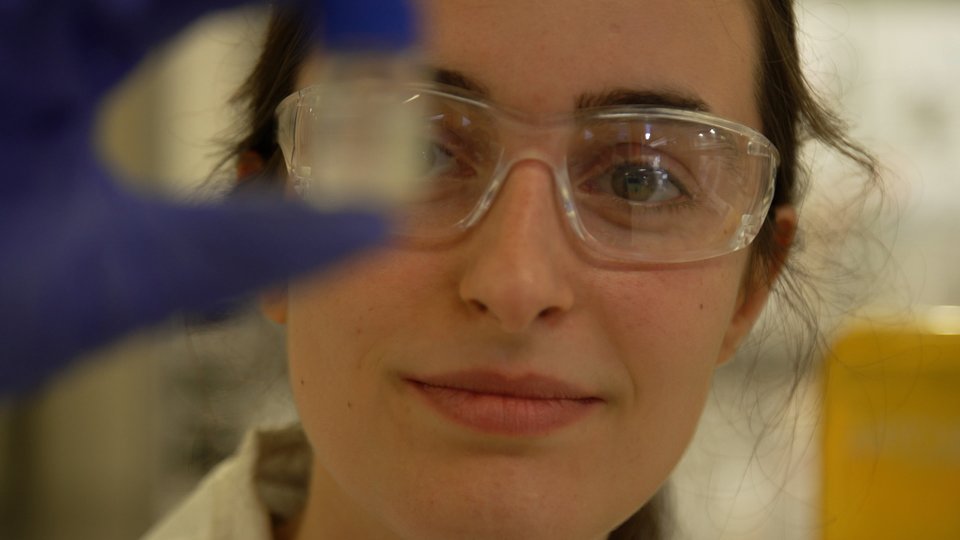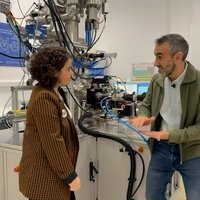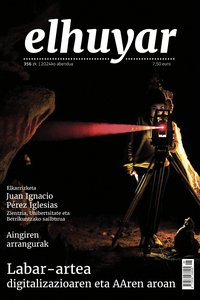System to control the level of attention of the guides; Corals, shield against ultraviolet rays; Collection of plants on the net; Mars was a hot and humid planet
A team of researchers from the Universidad Carlos III de Madrid has developed a system that controls the level of attention of drivers to help prevent accidents that may result from carelessness or drowsiness while driving. The information comes through a video camera that measures the degree of opening of the eyes, the speed of the blink or the direction of the gaze; and in moments of danger the system responds with an acoustic signal. The road lines are also detected and classified in order to assess the vehicle's trajectory and prevent it from leaving the road and/or colliding against an obstacle.
Some biologists at the University of Queensland, Australia, have observed that coral reefs have the same function as sunscreen creams, absorbing the sun’s ultraviolet rays, thus protecting themselves and the living in these ecosystems. Calcium carbonate in the exoskeleton of corals is the agent responsible for this protection: it absorbs ultraviolet rays and then emits fluorescent light, that is, it emits rays of much longer wavelengths and less energy.
The University of Navarre will digitize the entire plant collection of its herbarium, made up of 100,000 people. The aim is to make all this information available to society and the scientific community through the Internet. in 2009, 17,000 copies of herbal vascular plants were computerized. This information will be available for consultation this month on the Global Biodiversity Information Site website: www.gbif.es.
Scientists at Imperial College London have confirmed that 3 billion years ago, Mars was a humid, temperate planet with large lakes due to melting ice during the Hesperic Age. This assertion has called into question previous results, since up to now it was believed that the loss of the Martian atmosphere four billion years ago transformed Mars into a cold and dry environment. According to the results of this new study, the mid-Martian period of history was much more dynamic than previously thought.
Buletina
Bidali zure helbide elektronikoa eta jaso asteroko buletina zure sarrera-ontzian










